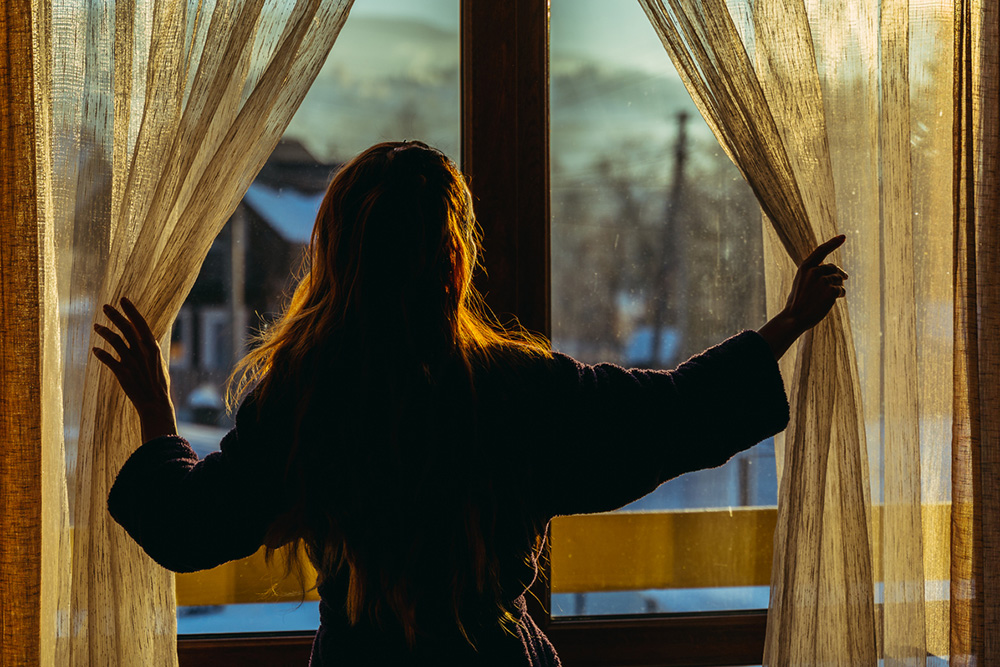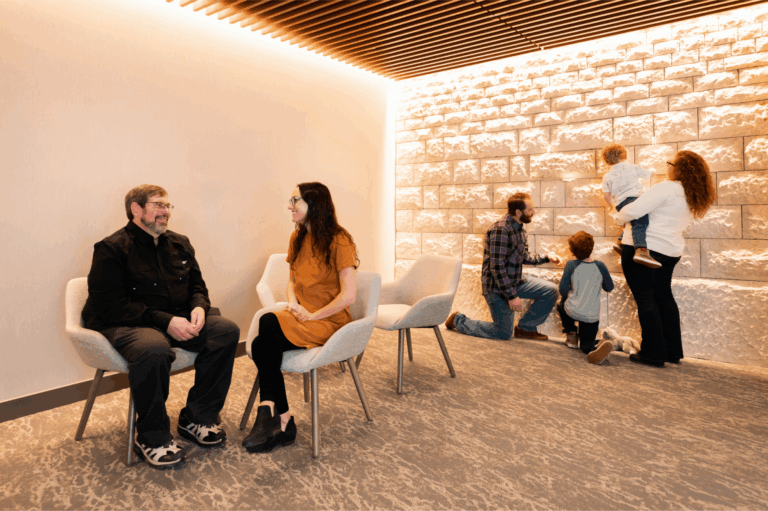Daylight Saving Time and How Circadian Rhythms Impact the Body

Daylight Saving Time and Sleep Loss
Production of melatonin slows in the morning when exposed to light, causing humans to wake up and feel alert. Research has shown that daylight saving time transitions can cause circadian misalignment, which can contribute to sleep loss.
While the future of daylight saving time is being considered federally and in some states, Coloradans will be setting clocks back by one hour this weekend, a ritual that could affect the circadian rhythm. The minor shift in time affects a person’s exposure to light, a critical factor in maintaining a healthy sleep/wake cycle.
Circadian Rhythm and Sleep Cycles
The term “circadian rhythm” describes the physical, mental and behavioral changes that follow a 24-hour cycle in most living things, including humans. Simply put, circadian rhythms are part of the body’s internal clock that tells people when to sleep and when to be awake.
When a woman says her biological clock is ticking, it really is. Both women and men have an internal master clock, which is sometimes referred to as the “circadian pacemaker.” Composed of about 20,000 nerve cells that form a structure in the brain called the suprachiasmatic nucleus, the master clock sends signals to regulate activities throughout the body, including sleep/wake cycles, eating habits and digestion, as well as body temperature. The SCN is highly sensitive to light, sending signals that bodies should be awake when light is present and should be asleep when it’s dark.
Dr. Surit Sharma is a board-certified pulmonologist and sleep medicine specialist, who performs sleep disorder evaluations at Vail Health’s Sleep Disorder Center. He explained that there are “zeitgebers” or environmental cues that help synchronize the body’s rhythms.
“Light,” he said, “is the strongest zeitgeber in regards to sleep cycles.”


